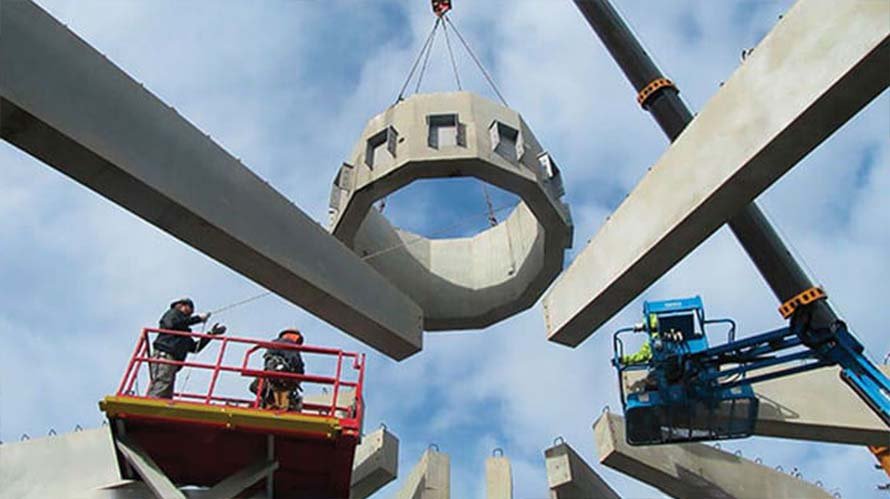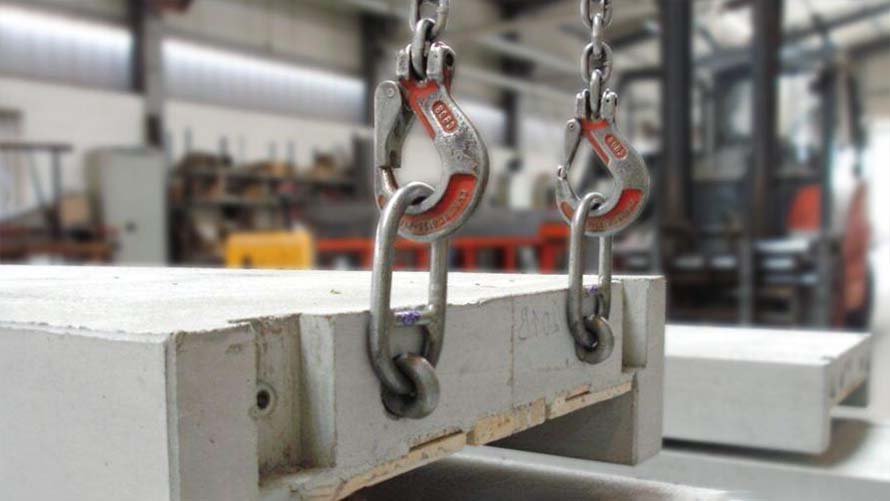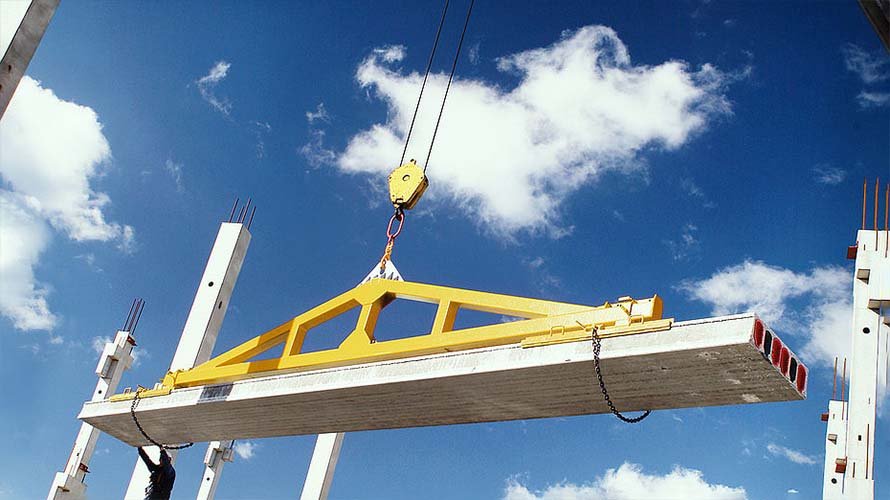Precast concrete lifting plays a vital role in modern construction, offering a reliable and safe method for moving large concrete components such as wall panels, beams, and columns. This five-minute guide explains everything you need to know about the systems and devices involved in lifting precast concrete, including how to choose the right equipment and follow best practices.

What Is Precast Concrete Lifting?
Precast concrete lifting system is the process of moving precast elements using specialized lifting devices and embedded inserts. These tools are designed to handle heavy loads while maintaining safety and efficiency on construction sites.
The importance of these systems cannot be overstated. When correctly used, they help prevent damage to concrete structures and reduce the risk of accidents. Efficient lifting also speeds up the installation process and cuts labor costs. Common applications include lifting concrete wall panels, setting beams and columns in place, and installing architectural or structural precast components.
You may come across terms such as precast concrete lifting devices, precast lifters, or concrete panel lifters. These refer to the tools and equipment used to carry or position precast units. Embedded hardware like lifting inserts for concrete or precast concrete lifting inserts provide secure attachment points that work with these lifting tools.
Types of Precast Concrete Lifting Devices
There are several kinds of precast concrete lifting devices, each suited to specific applications and load requirements. One of the most commonly used components in these systems is the concrete lifting insert. These are embedded during the casting process and serve as connection points for slings, hooks, or lifting heads.
Threaded lifting inserts are popular for their strength and reusability. They allow for bolts to be screwed directly into the insert, providing a secure connection. Loop inserts, often made of rebar or steel cables, are simpler and more affordable, generally used in lighter precast elements. For very heavy panels, plate anchors offer a robust lifting point by distributing loads across a larger surface area.
In applications involving wall panels, concrete panel lifting inserts are specifically engineered for either edge or face lifting. Edge lifting inserts are positioned along the side of a panel to allow vertical lifts, while face lifting inserts are placed on the panel surface, allowing more flexibility in lifting direction.

How to Choose the Right Precast Lifting System
Selecting the right lifting system for your precast components involves considering several technical and practical factors. The first step is understanding the load requirements. Every lifting insert or device has a rated load capacity, and it's essential to choose components that can handle at least 1.5 times the weight of the element to account for safety margins.
The concrete strength at the time of lifting is another critical factor. Lifting too early, before the concrete has reached sufficient strength, can lead to failure. Ensure the lifting inserts are embedded at the correct depth and properly aligned with the reinforcing bars to maintain structural integrity.
The orientation of the lift also influences the choice of system. Whether the element needs to be lifted vertically, horizontally, or at an angle will determine the type of insert and lifting device used. For example, large wall panels often require face-lifting inserts when being rotated into position.

Best Practices for Safe and Efficient Lifting
To ensure the safety and efficiency of your precast lifting operations, it’s important to follow a set of tried-and-true practices. Always adhere to the manufacturer’s specifications when using precast concrete lifting devices. Misuse or incompatible connections can result in failure.
Before starting any lifting operation, it’s wise to perform load testing. This helps verify the integrity of both the lifting inserts and the concrete they’re embedded in. Use certified testing tools and documented procedures.
Rigging also plays a significant role. Proper rigging techniques help avoid shock loading and unbalanced lifts. Make sure all lifting hardware is correctly aligned and tightened, and lift the load smoothly to avoid sudden stress on the system.
Operator training is another essential component. Personnel responsible for using concrete panel lifters or installing concrete panel lifting inserts must be properly trained and certified. A thorough understanding of lifting procedures significantly reduces the chances of workplace incidents.
Innovations in Precast Lifting
The future of precast concrete lifting is being shaped by innovations that improve safety, accuracy, and efficiency. One notable development is the integration of smart technologies. Sensors and tracking systems can now monitor tension levels and detect misalignments in real time, helping crews respond quickly to potential issues.
Material innovation is also making waves. New lightweight composites used in precast concrete lifting inserts offer high strength without the bulk of traditional steel inserts, making them easier to handle and install. In addition, modular lifting systems are becoming more prevalent. These adaptable systems can be quickly reconfigured to fit different types of precast components, reducing downtime and increasing productivity.
Conclusion
Understanding how precast concrete lifting works—and choosing the right precast lifters, lifting inserts for concrete, and associated tools—is critical for successful construction projects. With the right knowledge and equipment, lifting operations can be performed safely and efficiently. As technology and materials continue to advance, the possibilities for even safer and faster precast installation are expanding. Whether you're dealing with concrete panel lifting inserts or exploring the latest innovations in precast lifting, staying informed is key to a successful outcome.







